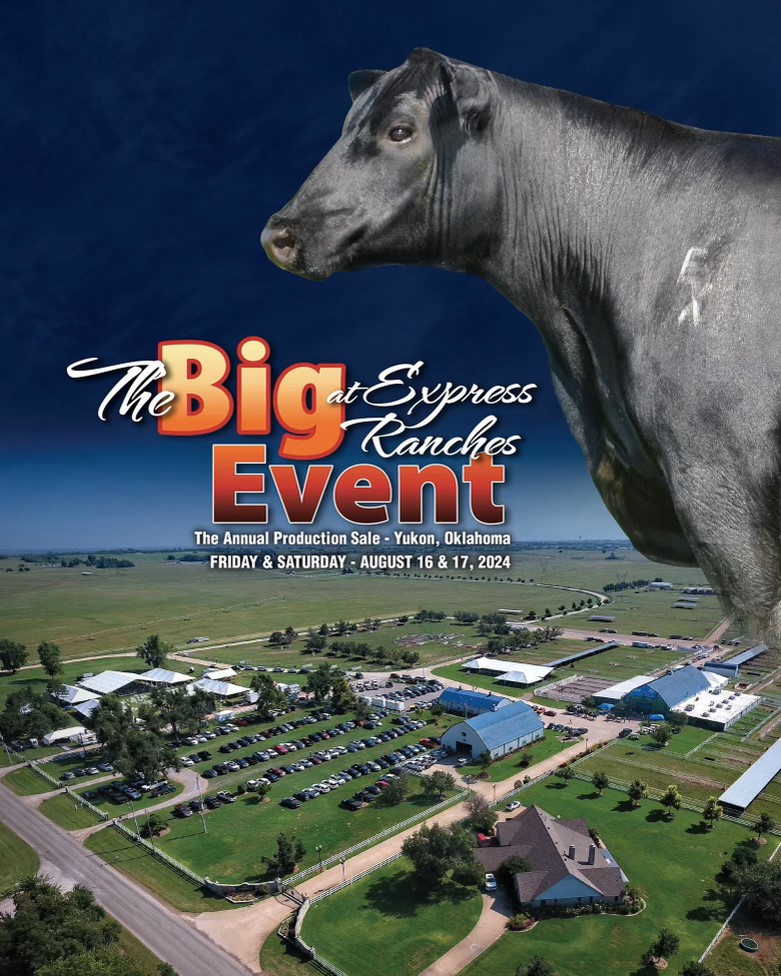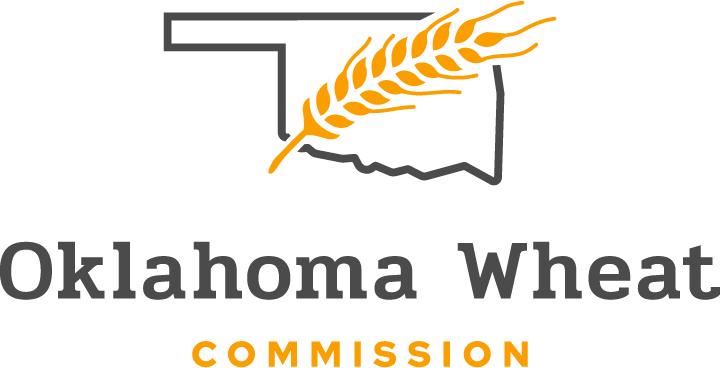
Agricultural News
Selk Offer Tips on Growing Bred Replacement Heifers
Tue, 01 Sep 2015 10:11:50 CDT
 Glenn Selk, Oklahoma State University Emeritus Extension Animal Scientist, writes in the latest Cow-Calf Newsletter.
Glenn Selk, Oklahoma State University Emeritus Extension Animal Scientist, writes in the latest Cow-Calf Newsletter.
Bred replacement heifers that will calve in January and February need to continue to grow and maintain body condition. Ideally, two year old heifers should be in a body condition score 6 at the time that their first calf is born. This allows them the best opportunity to provide adequate colostrum to the baby, repair the reproductive tract, return to heat cycles, rebreed on time for next year, and continue normal body growth. From now on until calving time, the heifers will need to be gaining 1 to 1 ½ pounds per head per day, assuming that they are in good boy condition coming out of summer.
Heifers will need supplemental protein, if the major source of forage in the diet is Bermuda grass or native pasture or grass hay. If the forage source is adequate in quantity and average in quality (6-9% crude protein), heifers will needs about 2 pounds of a high protein (38-44% CP) supplement each day. This will probably need to be increased with higher quality hay (such as alfalfa) or additional energy feed (20% range cubes) as winter weather adds additional nutrient requirements.
Wheat pasture (if adequate rainfall produces growth) can be used as a supplement for pregnant replacement heifers. Using wheat pasture judiciously makes sense for pregnant heifers for two reasons. Pregnant heifers consuming full feed of wheat pasture will gain at about 3 pounds per head per day. If they are on the wheat too long, the heifers can become very fat and cause dystocia (calving difficulty.) Also, the wheat pasture can be used for gain of stocker cattle or weaned replacement heifers more efficiently. If wheat pasture is used for bred heifers, use it as a protein supplement by allowing the heifers access to the wheat pasture on at least alternate days. Some producers report that 1 day on wheat pasture and two days on native or Bermuda will work better. This encourages the heifers to go rustle in the warm season pasture for the second day, rather than just stand by the gate waiting to be turned back in to the wheat. Whatever method is used to grow the pregnant replacement heifers, plan to have them in good body condition by calving so that they will grow into fully-developed productive cows.
WebReadyTM Powered by WireReady® NSI
Top Agricultural News
More Headlines...




















